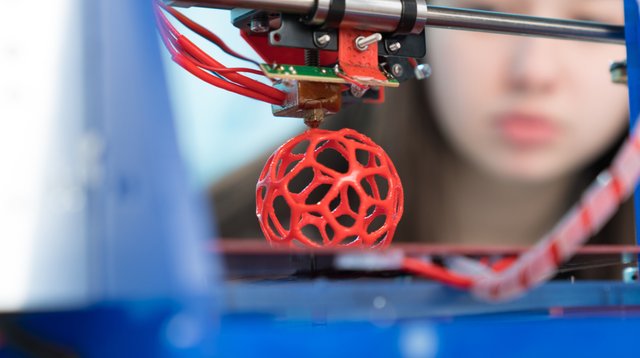Top 3 3D printing use cases for your start-up and businesses
This blog post is a strategic guide for companies starting the application of additive manufacturing technologies. In this, we include both the use of desktop 3D printers and industrial production techniques with large machines.
Top 3 business use cases for 3D printers
For certain applications desktop 3D printers are the cheaper and more efficient option compared to large-scale industrial machines. An example of this is the conceptual work (as described in example 2). For this phase, industrial machines are too expensive with their high-quality metal results that rather suit small batch-sizes for industrial applications.

- Small production volumes for market validation
The traditional approach to launch a product is through extensive market analysis and designing on paper. These provide initial assessments of the demand and suitable design ideas for products. However, his data is often collected through surveys which deviate significantly from actual market conditions.
For this reason, design and prototyping are application areas for 3D printers in business. The technology enables cost-efficient production of small batch-sizes. This offers the company the opportunity to actually distribute potential products in physical form. Thus, the demand can be tested on beta testers without large investments in conventional mass production. As a next step, large service providers can produce smaller amounts with the actually quality and material of the product. These can be produced anytime and on demand to fill gaps on your way to mass-production numbers.
A great benefit is the reduction of warehouse costs due to reduced space requirements. You can read further details about the advantages of 3D printing over mass production on our blog.
- Conceptual and visual design developments
Microsoft’s work on surface gives some insight in how large corporations already utilize 3D printers. The company used desktop 3D printers within their own headquarter to test the prototype. These desktop devices are typical FDM-Printers which you can find on our site in the 3D printer section.
The technology allowed the development team to quickly go through several product cycles and tests within the highest possible security measures. That's why this is one of our top applications for 3D printers in business, in case plagiarism and intellectual property are key issues. With mass-production methods, only limited test cycles are possible because they are extremely costly and time consuming.
Besides secret product development, founders can use the technology for visual representations of ideas. When looking for investors, visualizations help immensely to communicate more intelligibly. At the same time they suggest overarching competences in the use of technologies for a start-up as well as of the founding team.
The same principle is true for architecture offices which can quickly print out and present first concepts or entire building models. 3D printed objects are cheaper and faster than standard models used by architects, which is ideal to excite large scale project customers. Even though we discuss the use of desktop 3D printers for the design phase, we recommend industrial 3D printing services for final exhibits. Especially if the 3d printed object requires further post-processing for colors or materials.
- Production of highly specialized components/objects/products
Traditional mass production benefits from producing the same component in large quantities. Therefore, conventional methods are unsuitable for the production of components with a high specificity. An example of this, are components installed in aircrafts which can be seen at companies like Airbus. Since these firms produce metallic components which require high quality standards, industrial 3D printers are necessary. Consequently, as in Example 1, this may require the cooperation with external service providers depending on the size and financial budgets of your firm.
Conclusion
The application areas for 3D printers in business are diverse and offer a variety of potential benefits. You should always start with your goal in mind to figure out whether simple desktop 3D printers are sufficient. Otherwise the cooperation with professional 3D printing service providers is necessary to utilize large scale additive manufacturing. Finally, always reconsider the exact benefits and disadvantages of each business case.
Hopefully we were able to explain all benefits in this article. Otherwise, we are happy to answer your questions in the comments section below or via our contact form.